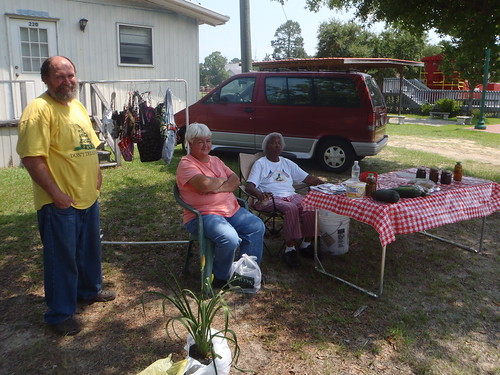 City elections are this year in Lowndes County, Georgia.
According to Deb Cox, Lowndes County Board of Elections,
in the Sunday Valdosta Daily Times (30 Jan 2010),
the following positions are up for election in 2011
(incumbent in parentheses):
City elections are this year in Lowndes County, Georgia.
According to Deb Cox, Lowndes County Board of Elections,
in the Sunday Valdosta Daily Times (30 Jan 2010),
the following positions are up for election in 2011
(incumbent in parentheses):
City of Valdosta
Mayor (John Fretti)City Council At Large (Ben Norton)
City Council Dist 1 (James Wright)
City Council Dist 3 (“Sonny” Vickers)
City Council Dist 5 (Tim Carroll)
City of Hahira
City Council District 2 (Allen Cain)City Council District 3 (Ralph Clendenin)













